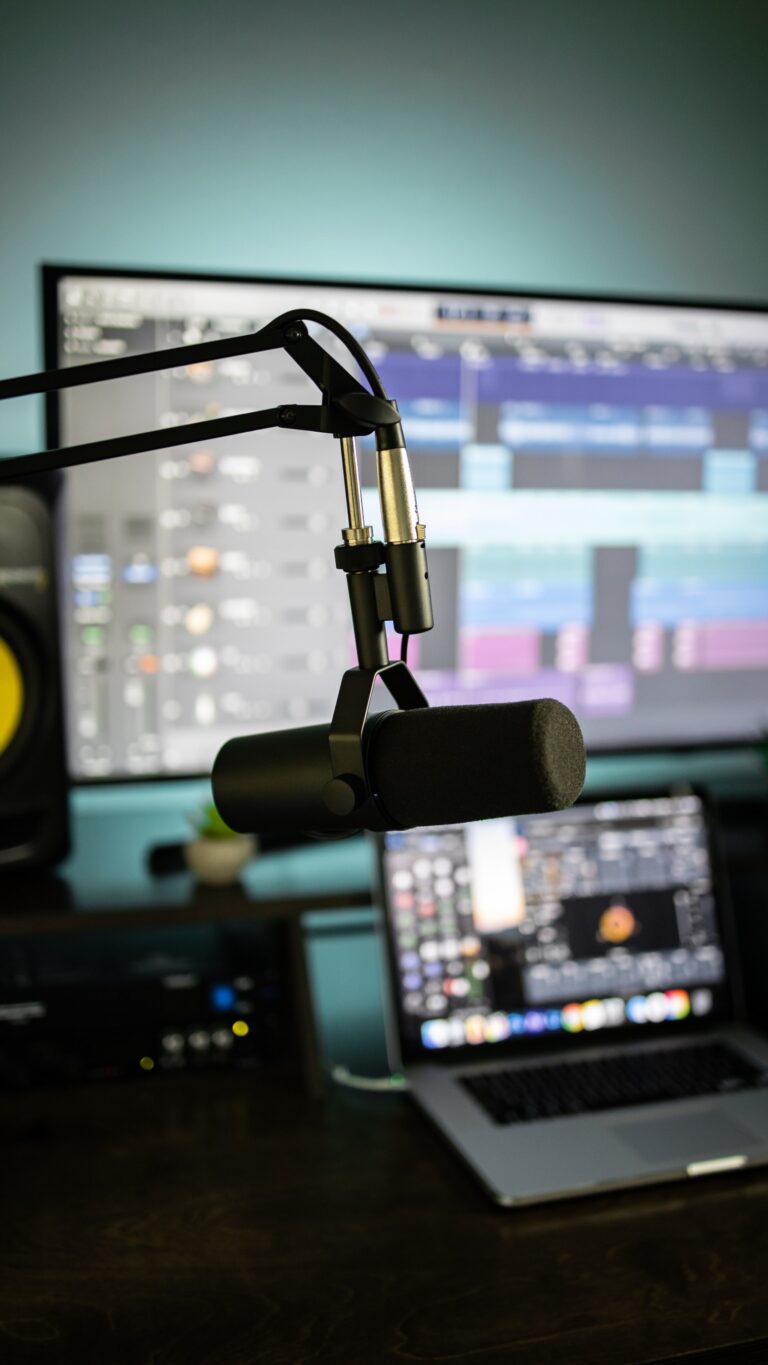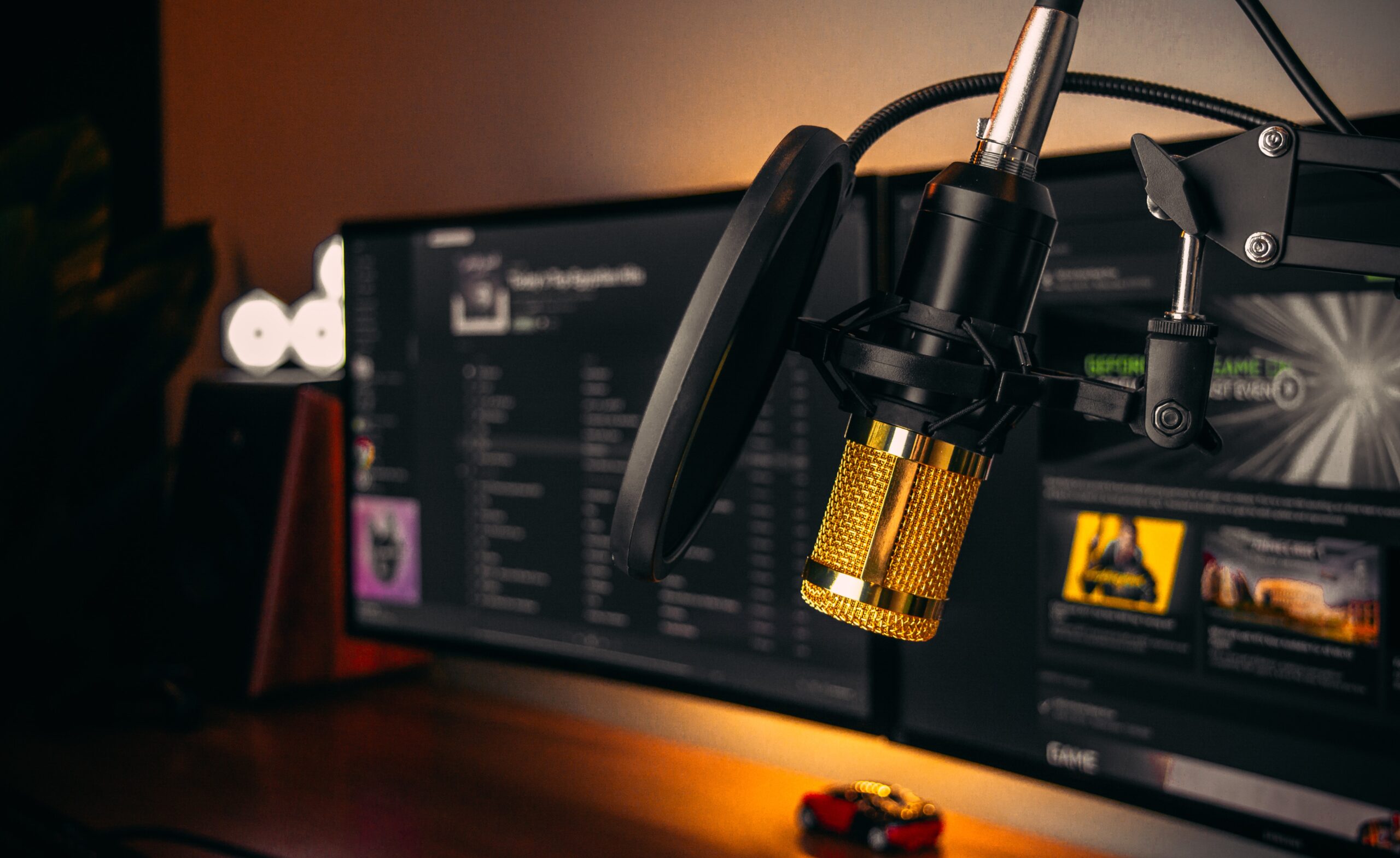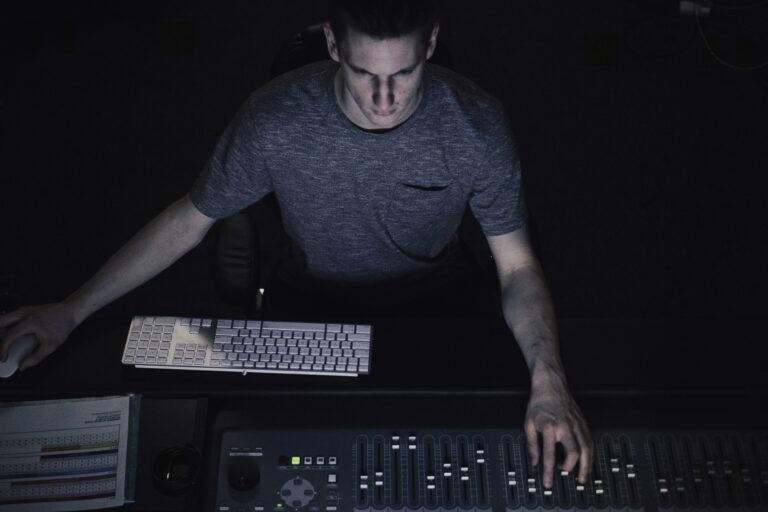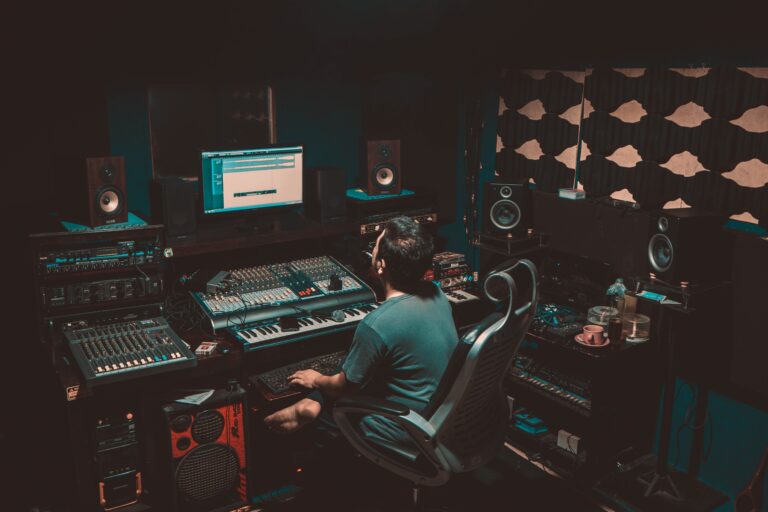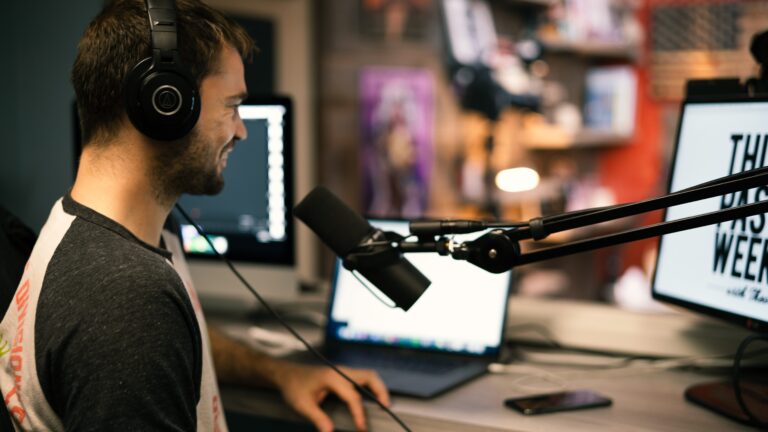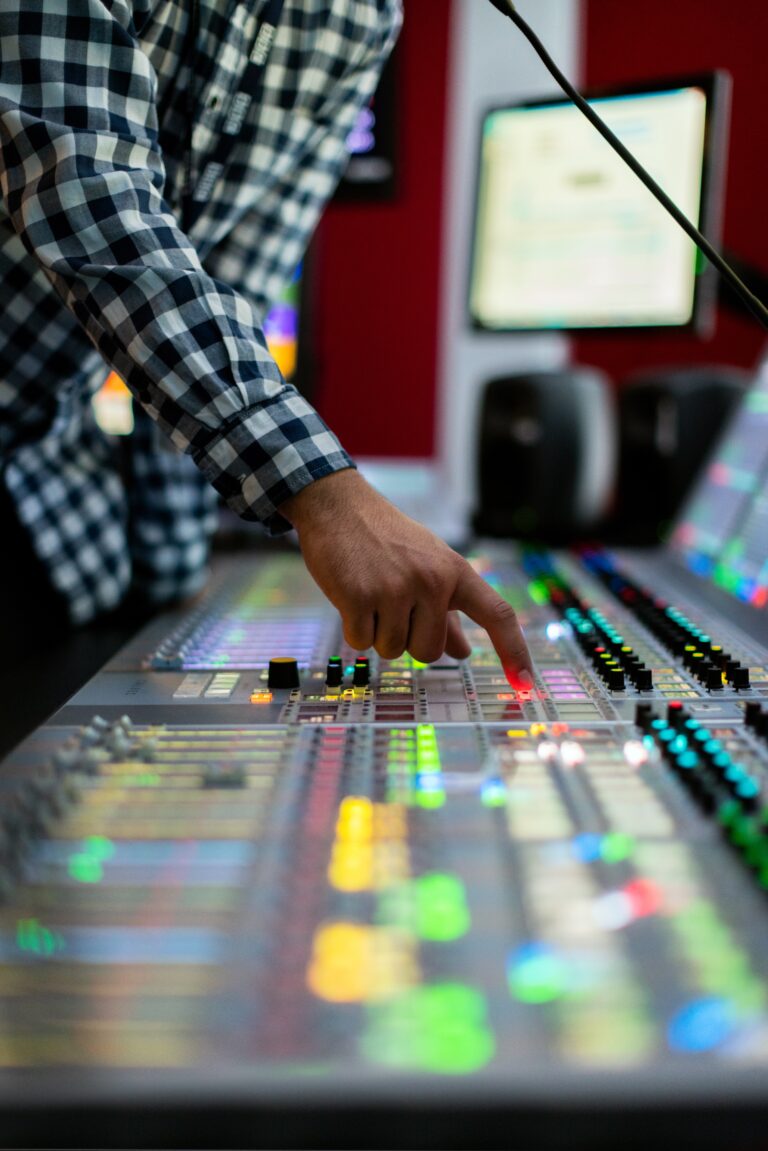A vinyl mix sweeper is a short audio clip that is used to transition between songs in a DJ set and is specifically designed to mimic the sound of a vinyl record. The vinyl mix sweeper has become popular in recent years, as many DJs have begun to incorporate a vintage or classic feel into their sets. Here are some tips for creating a vinyl mix sweeper in 2023:
- Choose the right samples: The key to creating a convincing vinyl mix sweeper is to choose the right samples. Look for samples of vintage vinyl records that have the desired crackle and pop sounds.
- Use a sample player: Use a sample player, such as Ableton Live or FL Studio, to trigger the vinyl samples and create your sweeper. Make sure to use a player that can accurately replicate the sound and feel of a vinyl record.
- Create a loop: Create a loop of your vinyl samples that is the desired length for your sweeper. Make sure the loop sounds seamless and natural as if it were being played on an actual vinyl record.
- Add effects: Add effects, such as reverb and delay, to enhance the sound of your vinyl mix sweeper. This will help create a more polished and professional sound.
- Test and adjust: Test your vinyl mix sweeper in your DJ set and make any necessary adjustments to ensure it sounds great and meets your standards.
In 2023, the vinyl mix sweeper continues to be a popular tool for DJs who want to incorporate a vintage or classic feel into their sets. By following these tips, you can create a convincing and professional-sounding vinyl mix sweeper that will help you stand out from other DJs.

